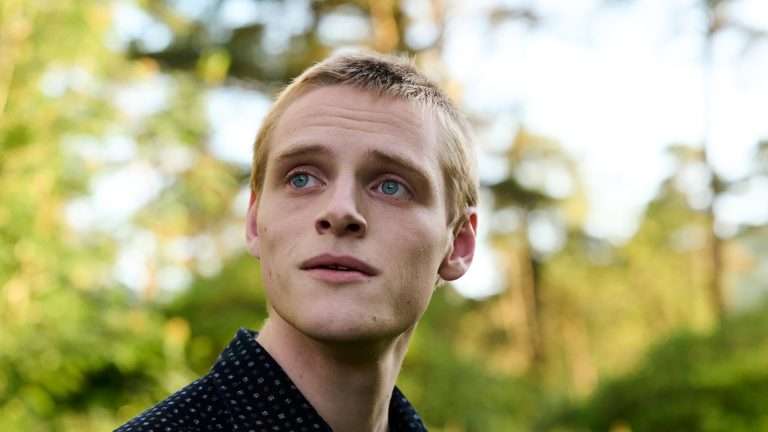It’s Quieter in the Twilight (2023) Movie Review: Let us first understand the space mission that lies at the heart of this documentary – the Voyager mission. As part of the Voyager mission, two spacecraft – Voyager 1 and Voyager 2 – are scouring the space unlike ever before. Although when the mission was launched in 1977, a spacecraft was sent to investigate the planets of Jupiter and Saturn, its success brought in a second Voyager spacecraft and pathbreaking discoveries about the planets Uranus and Neptune.
These spacecraft traveled into interstellar space and helped scientists understand the extent of the heliopause or the sun’s pull at the planets of this solar system. However, it’s been almost 45 years since the Voyager spacecraft has been performing its duties, and the scientists are afraid that their power is starting to diminish. One day, soon enough, the spacecraft will stop sending signals to the Earth, and the scientists will know that the Voyagers have ultimately retired from their responsibility.
Billy Miossi’s documentary, It’s Quieter in the Twilight, focuses on the Voyager mission as its subject of choice. It helps shed light on the brilliance of this mission. However, he turns the lens away from the Voyager and its contributions toward the human understanding of space, for better or for worse, limiting it to the portrayal of some complex physics on the screen to explain a few aspects of the mission and the engineering of the spacecraft.
The documentary chooses to hold up the story of the people who are running this mission. The documentary begins by taking us inside the non-descript office that presently runs this mission. It looks like a small basement office of a newly-opened publishing house at first glimpse. Small cubicles, a grey carpeted floor, a library – it seems like the most inconsequential workplace to be at until the audience is introduced to the Voyager mission and its achievements. It almost immediately makes you feel bad about having judged the office space for what it is.

Then, we meet the people who are and have been helping to steer the voyager mission one by one. This eclectic bunch of drivers of this space mission gives life to the documentary. Suzy Dodd, the mission’s current project manager, talks about how she had joined the mission as a fresher after college, lost all idea about the mission once she had moved away from it, only to be called up in 2010 to serve in her current role.
Enrique Medina, on the other hand, confesses that he has never known anything beyond the Voyager mission, working at it since 1986. He jokes how his children ask after the Voyager mission like it was a grandparent. Then again, Todd Barber, the newest member of this team, talks about how he has come to perceive the mission from his latest encounters with it. The team members discuss how, with the passing years, the Voyager team has also diminished in size, leaving only 11 members in it currently.
Miossi invariably draws a connection between the growing years of the space mission and the decreasing number of people toiling at it; the central idea is that time is catching up with both of them, and the mission is nearing its end. To drive the idea home, editor Matt Reynolds has erased people from group photos from back in the day when the mission was still new, in the limelight, and had a huge task force running it.
The melancholia in the scenes where the team members discuss their upcoming retirement from the mission and the journey they have traced in the past four decades tugs at the heartstrings. The golden days of exploring spacecraft and their human drivers are inevitably gone. It starts to feel like this documentary is a humble attempt at bidding farewell to one of the most important, yet less-talked-about, space missions of NASA.
If you are someone who likes learning about space and space missions, It’s Quieter in the Twilight (2023) is for you. It gives us an insight into how NASA deals with the long-term space missions that it launches and all the human brains and hearts that give all of themselves to the success of these missions. It raises questions about whether anything is to be done to keep these missions corroding with time. The answer, unfortunately, is left for introspection.










